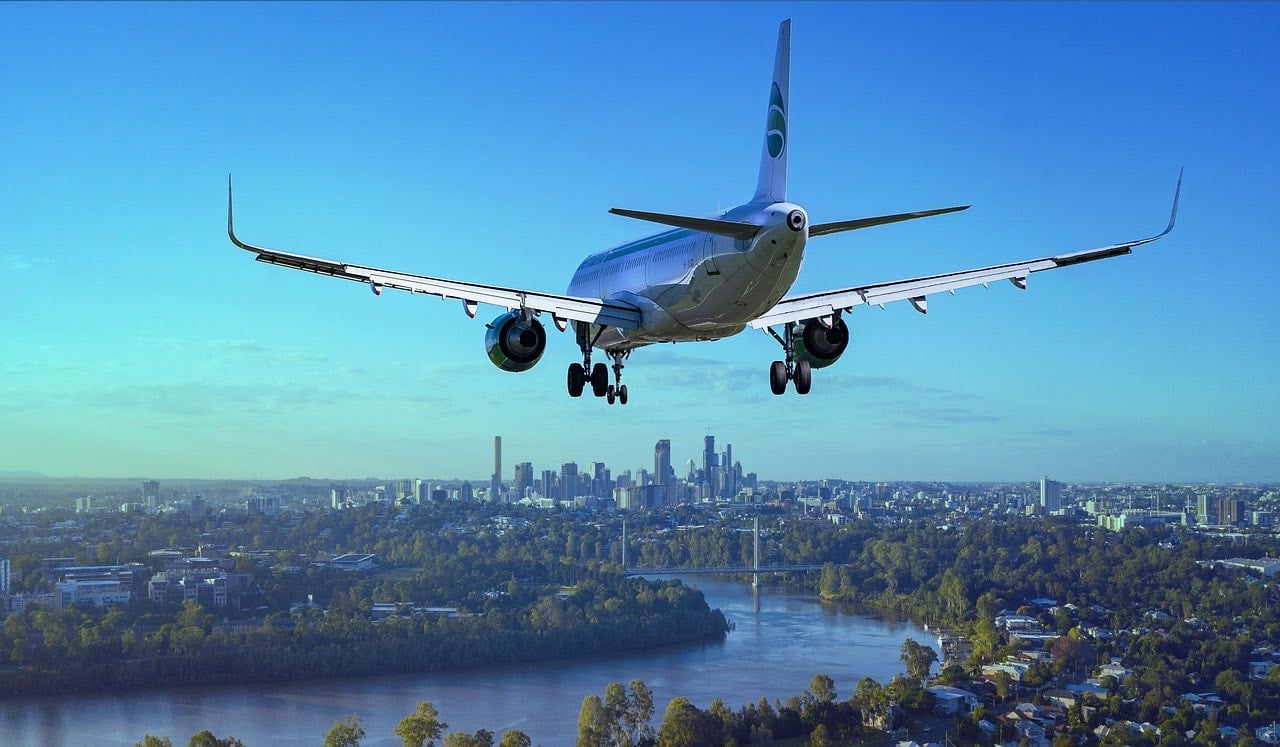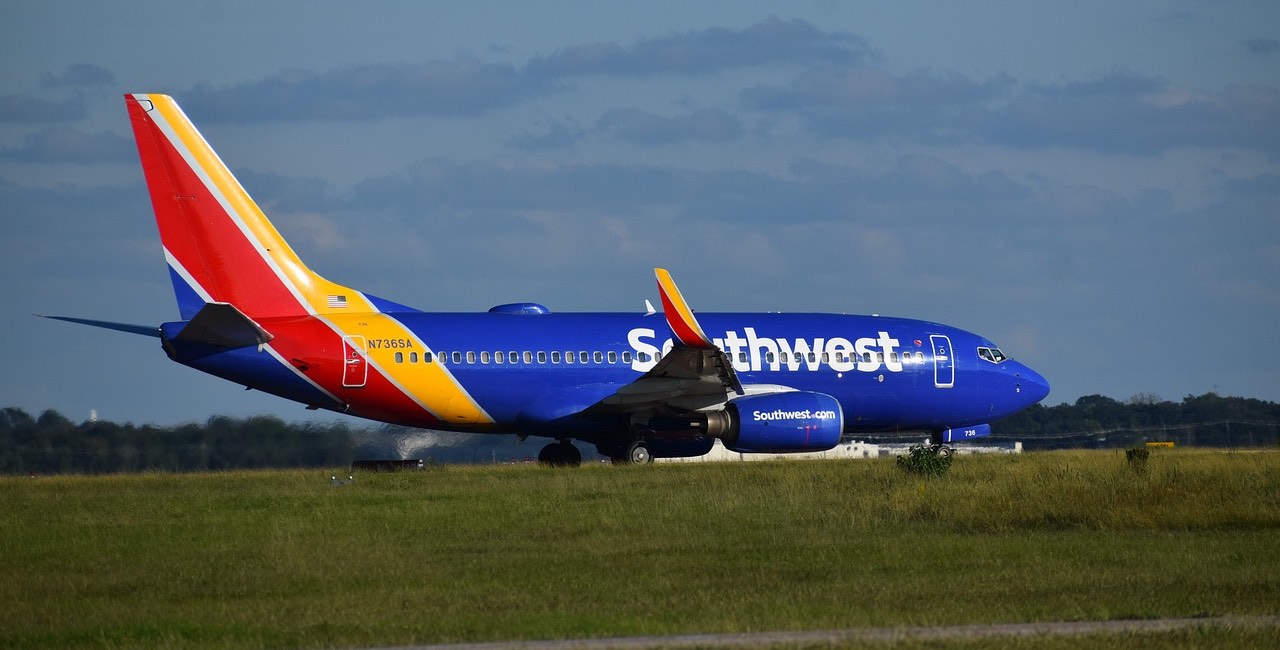At first glance, an aircraft’s colour might seem like a simple aesthetic choice. However, the selection of white runs deeper, with scientific and practical reasoning at its core:
Sunlight’s best friend
White is renowned for its proficiency in reflecting sunlight. This isn’t just about keeping the aircraft looking shiny; it’s about thermal regulation. A dark-coloured aircraft, when stationed under the sun, would turn into a veritable oven, making the boarding experience quite an ordeal for passengers. Moreover, white, with its sun-ray repelling superpower, helps in reducing these extreme fluctuations, ensuring structural integrity for longer.
A canvas for inspection
With its pure and unsullied nature, white makes it a breeze to spot any discrepancies on the aircraft’s surface. Whether it’s a slight dent, a hairline crack, or even fluid leaks, the imperfections stand out, ensuring that maintenance checks are thorough and effective.
Brand message
Mother Nature, with her radiant sun, can be unkind to colours over time. Darker shades, especially, bear the brunt, losing lustre faster. An aircraft’s coat isn’t just about looking good; it’s also an ambassador for the airline’s brand. A faded exterior isn’t the best brand message, is it?




